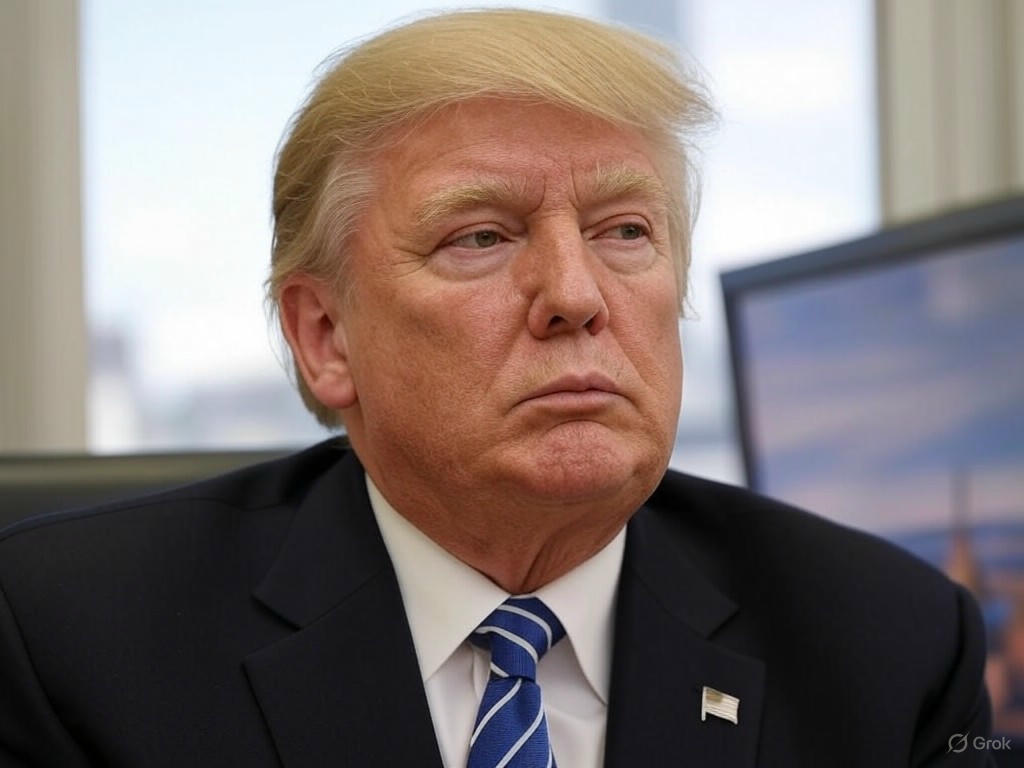Trump’s Fed Chair Decision: A Market-Shaping Move on the Horizon
As speculation swirls around President Donald Trump’s impending announcement of a new Federal Reserve chair, the financial world is on edge. Trump recently hinted that a decision is imminent, sparking debates about who will take the helm of the central bank and what their leadership could mean for the economy. With the current Fed chair’s term nearing its end, the stakes couldn’t be higher for markets already grappling with inflation concerns and global uncertainties.
The buzz in financial circles centers on the potential policy direction of the incoming chair. Many analysts anticipate that Trump’s pick might favor a dovish stance, prioritizing lower interest rates to stimulate economic growth. This expectation stems from Trump’s vocal history of advocating for reduced borrowing costs to boost business investment and consumer spending. A Fed chair aligned with this vision could usher in a period of monetary easing, potentially fueling stock market rallies as cheaper credit becomes available. However, not everyone is convinced this will be a smooth ride. Some market watchers caution that a push for lower rates could reignite inflationary pressures, especially if supply chain bottlenecks and labor shortages persist. One seasoned economist remarked that while a dovish Fed might initially cheer investors, the broader economic landscape could impose strict limits on how far rates can drop without triggering adverse effects.
Beyond the immediate impact on interest rates, Trump’s choice will signal his broader economic priorities. Will he opt for a continuity candidate who maintains the status quo, or will he select a disruptor willing to challenge conventional monetary policy? The decision could reshape investor confidence, influence currency valuations, and even alter the trajectory of the dollar’s strength on the global stage. Markets, often described as a disciplining force, may react unpredictably if the new chair’s policies deviate too far from expectations. Volatility could spike in the short term as traders reassess their positions, particularly in sectors sensitive to rate changes like real estate and technology. Moreover, the Fed’s role in balancing inflation and employment goals will be under intense scrutiny, with every statement and decision from the new chair dissected for clues about future moves.
As the announcement draws closer, businesses and investors alike are bracing for the ripple effects of this pivotal appointment. The Federal Reserve’s influence on everything from mortgage rates to corporate borrowing costs means that Trump’s pick will touch nearly every corner of the economy. While the promise of lower rates might offer a temporary boost, the long-term implications remain uncertain. Will the new chair navigate the tightrope of growth and stability, or will markets impose their own harsh verdict? For now, all eyes are on Trump, waiting for a decision that could redefine the financial landscape for years to come.


